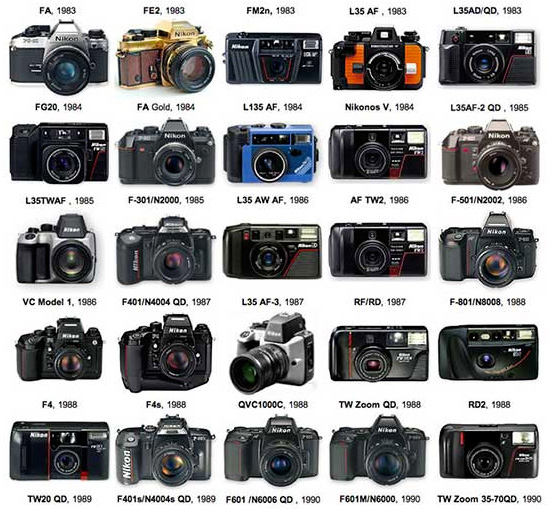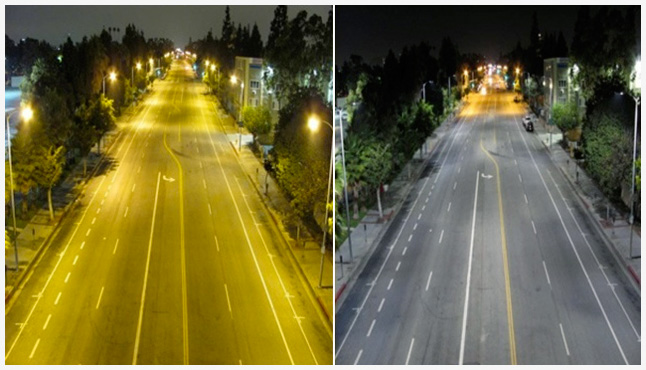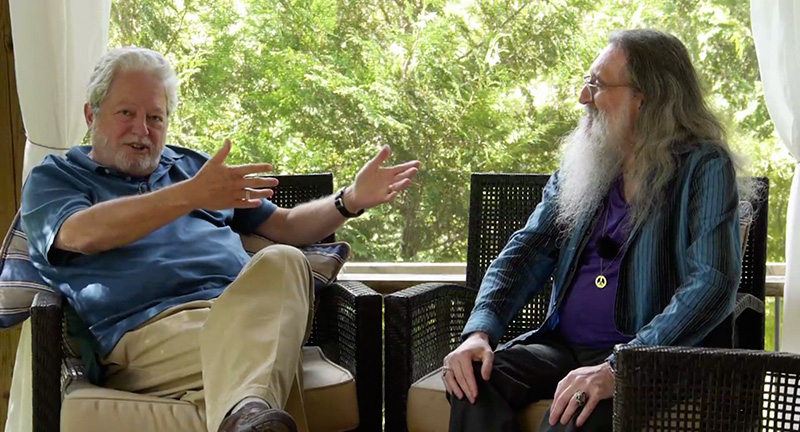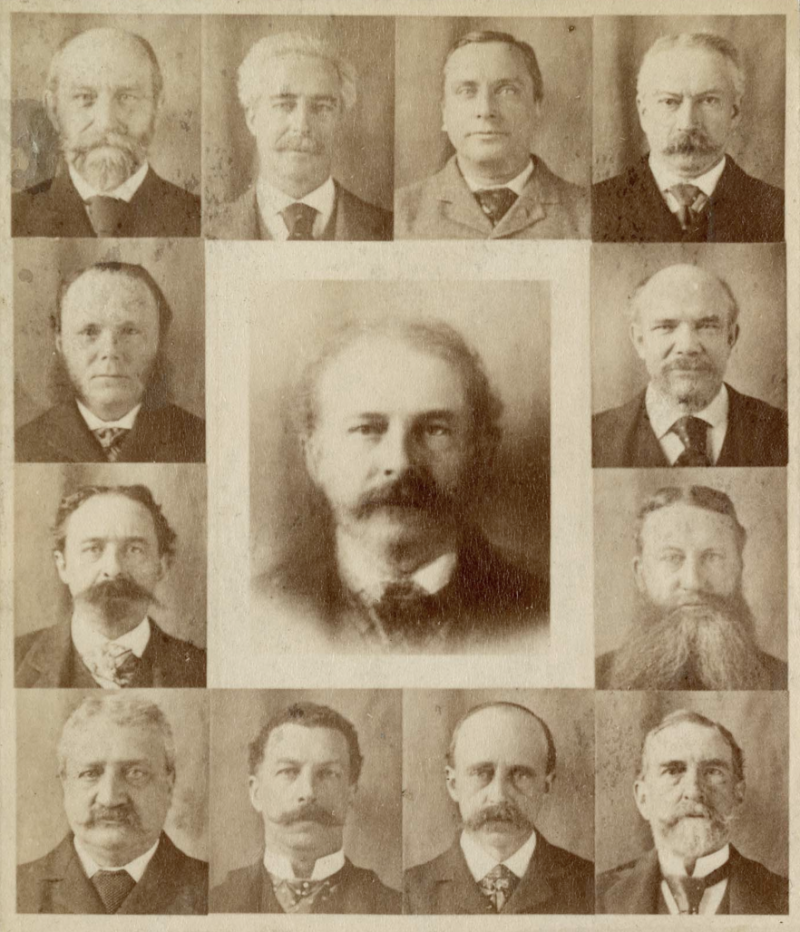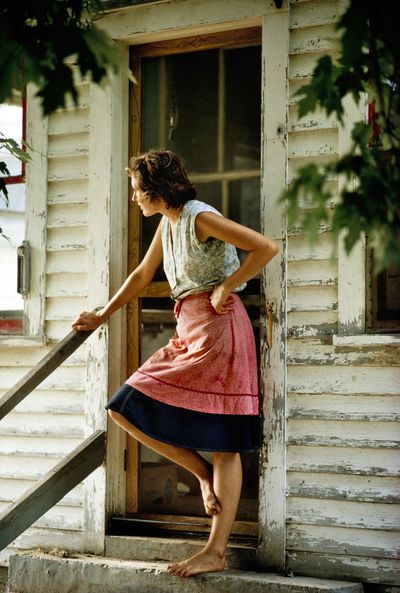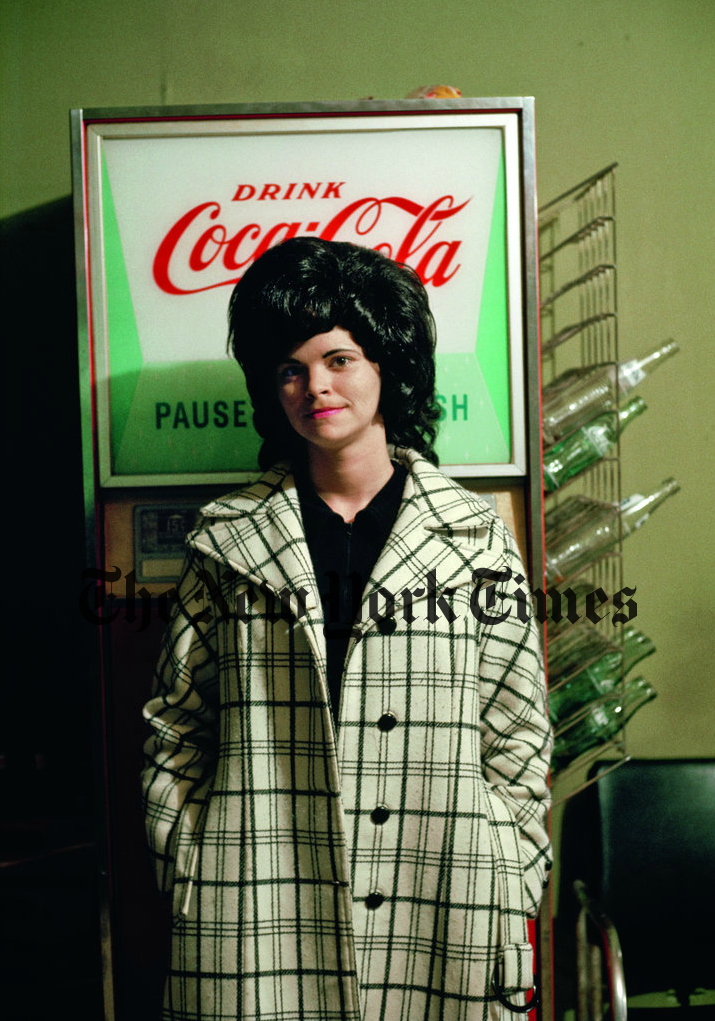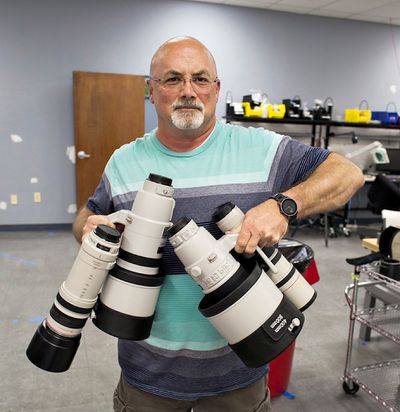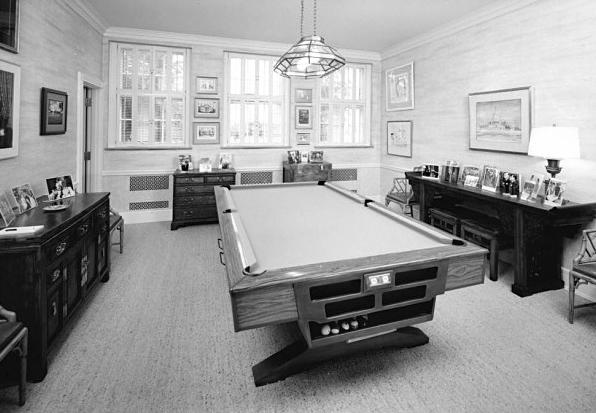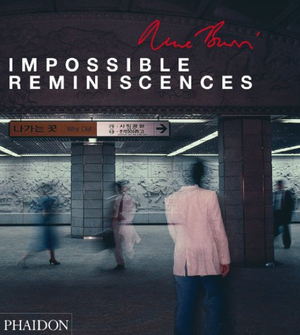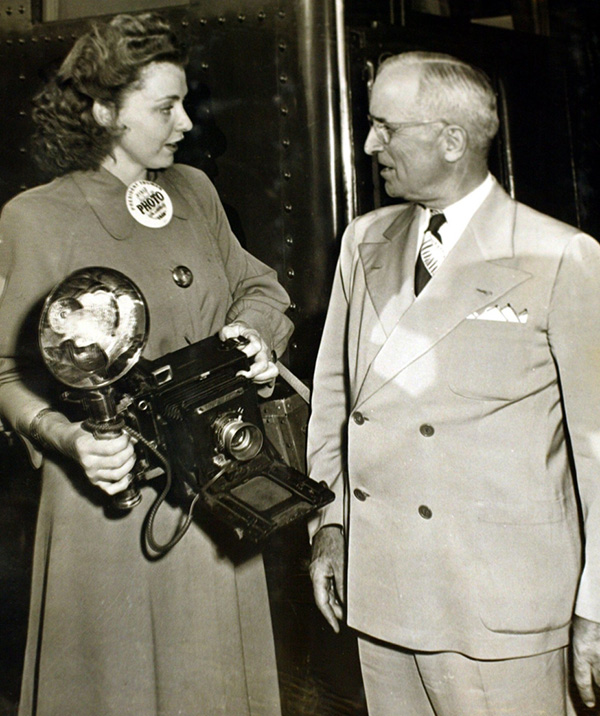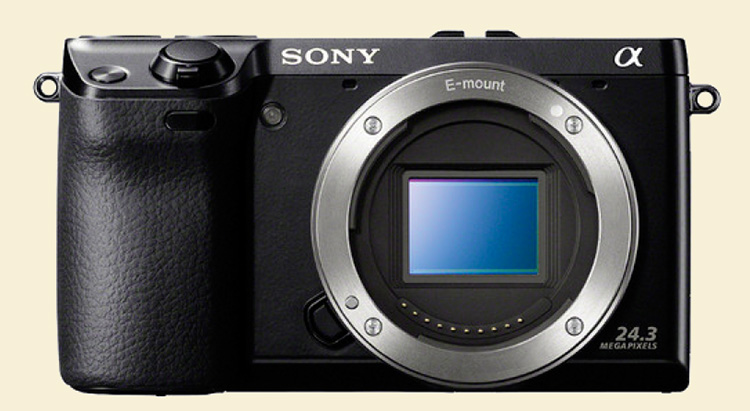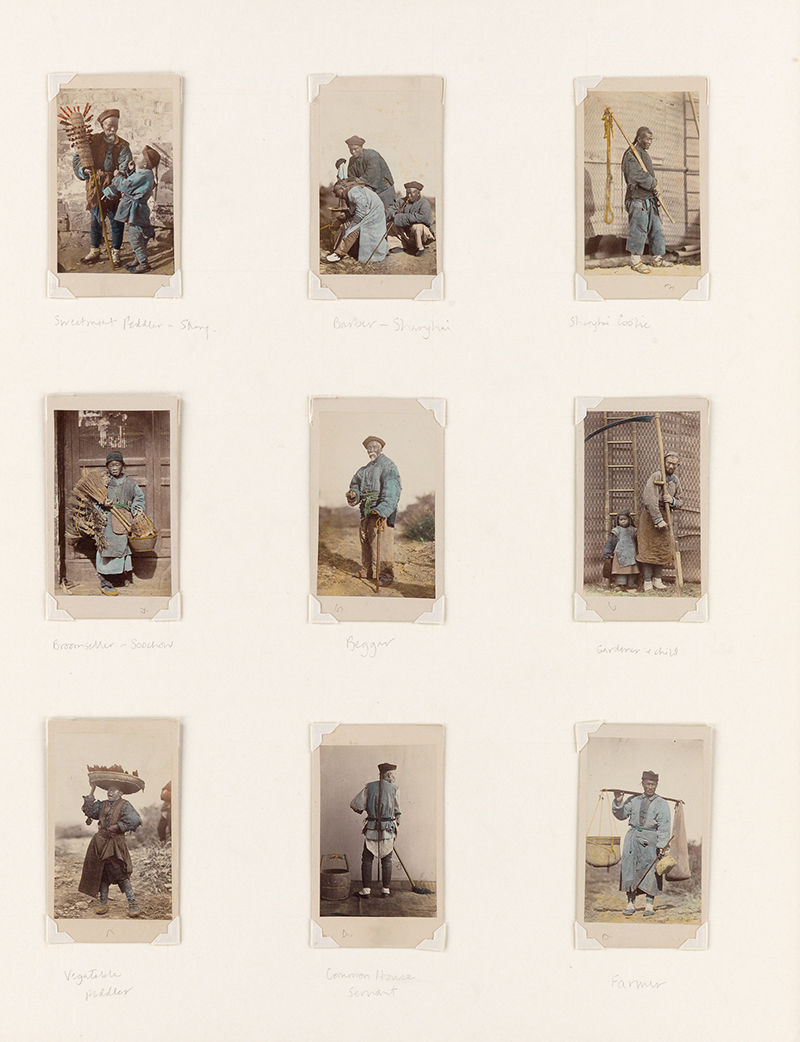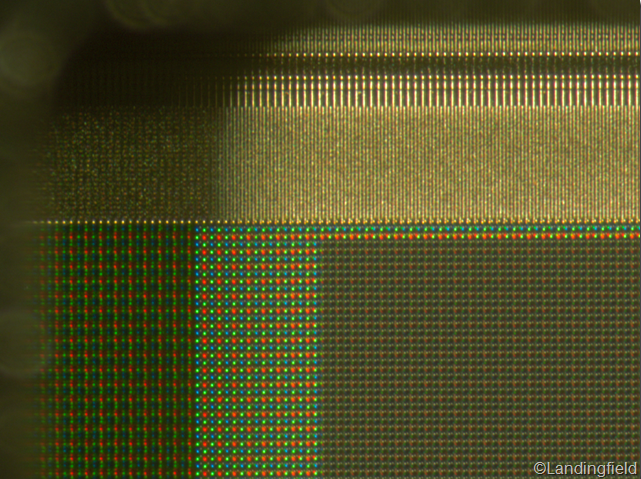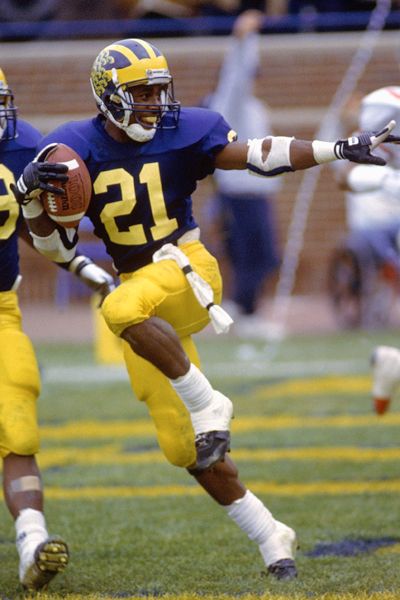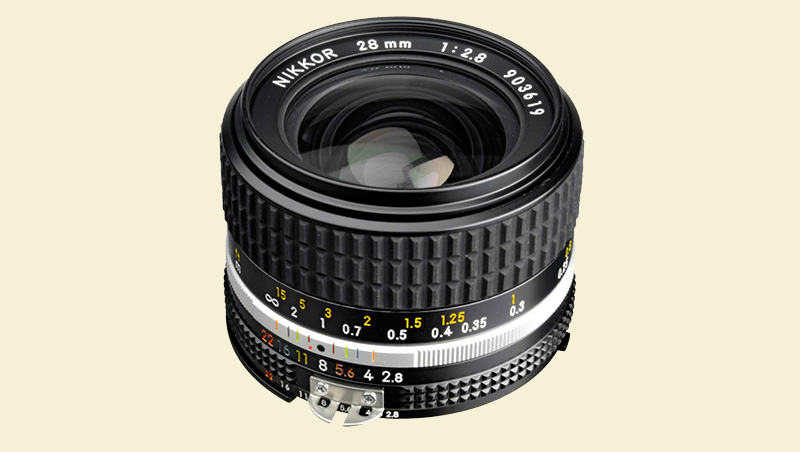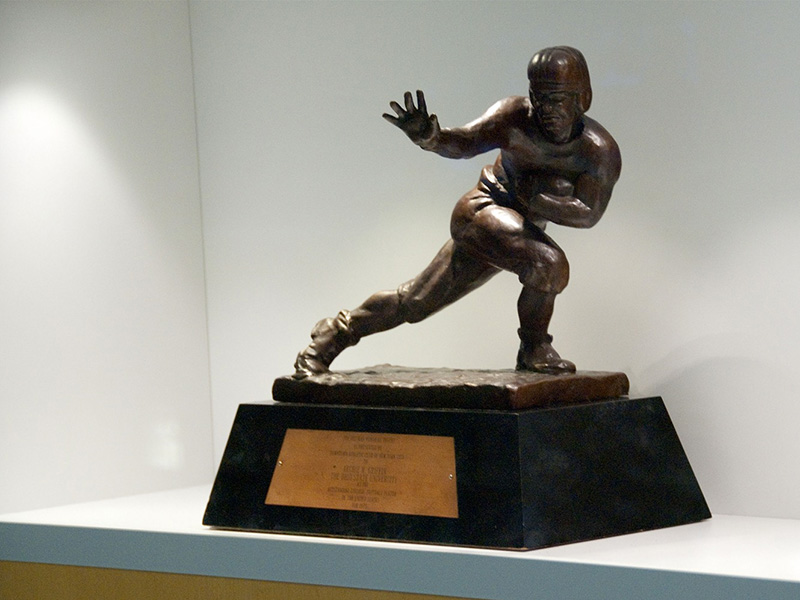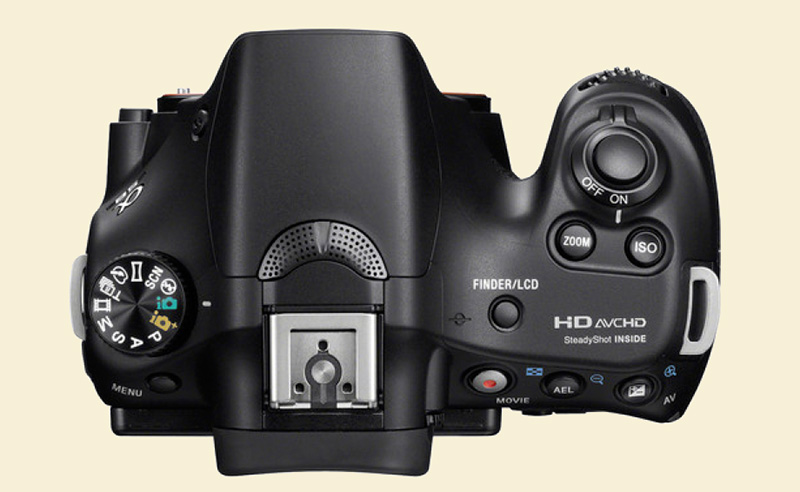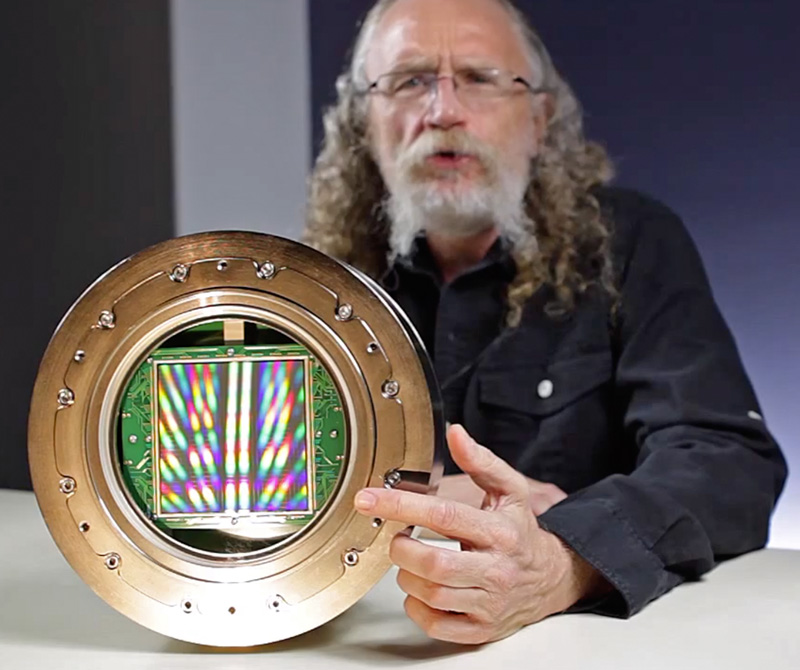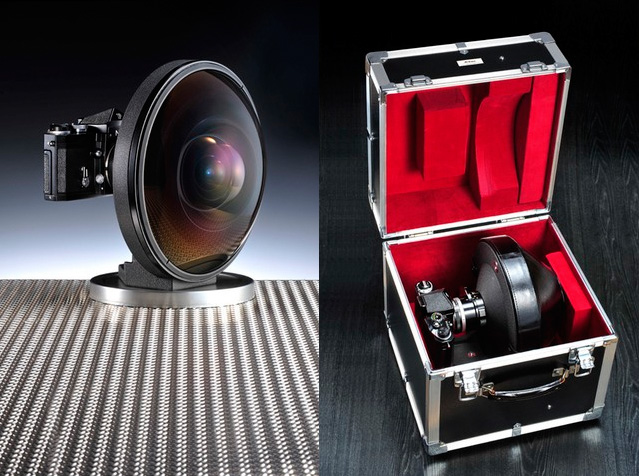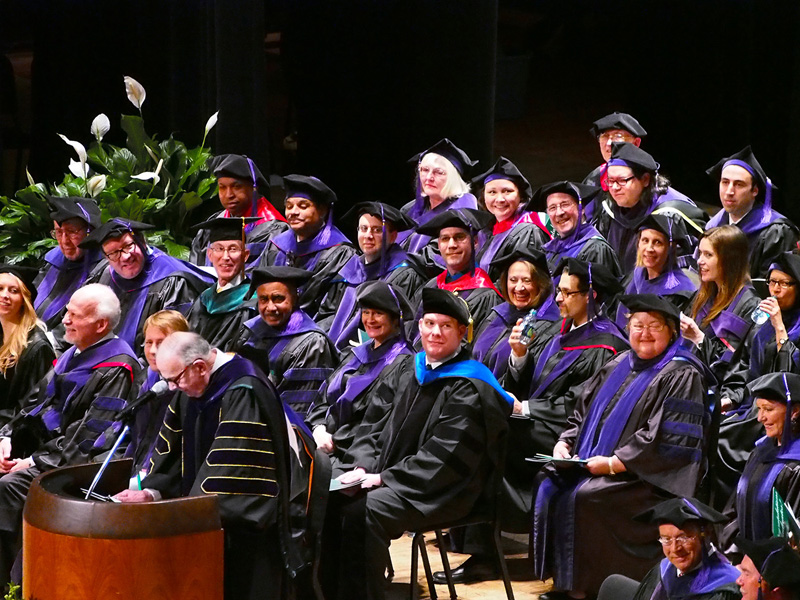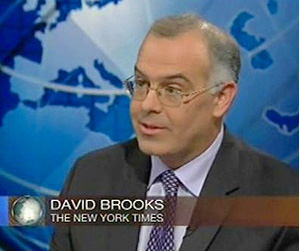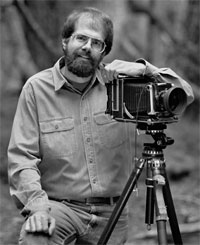Last chance! Don't forget that today is the last day of Ctein's Matrix Sale. There are still excellent sets left, but they won't be available after midnight tonight when the sale ends. (Beware the witching hour....)
The 8%: The Lens Blog examines the rampant Photoshopping of the World Press Photo Award entries this year. "'...8 percent of the finalists' images were disqualified because information had been removed after processing. An outside expert studied the raw and jpeg [sic] files and found evidence indicating that information had been removed through cloning or extreme toning,' said Gary Knight, the jury chairman. Knight called the changes 'materially trivial but...ethically significant.'"
Meanwhile, back at the Awards: Serious charges of conflict of interest have been leveled at the Awards. Duckrabbit explains: "The chair of this year’s jury is Gary Knight [...]. He is a founder and shareholder of the limited company VII photo. The winner, John Stanmeyer, is also a founder and shareholder of the limited company VII photo. Knight and Stanmeyer are business partners. A clear conflict of interest compounded by the fact that their business stands to profit from the decision of the jury led by Knight."
I swear I'm just going to have to give up on Awards altogether. Can't any of them just keep the proceedings ethically clean? Sorry, rhetorical question.
Tim Davis and Tipper Gore: Blogger extraordinaire Blake Andrews has another quirky idea—this time, he reviews a bunch of used photo books. It's either an interesting idea, or a good demonstration of why people don't normally do this, or somewhere in between. I found his take on some of these titles interesting, especially his dismissal of Gary Stochl.
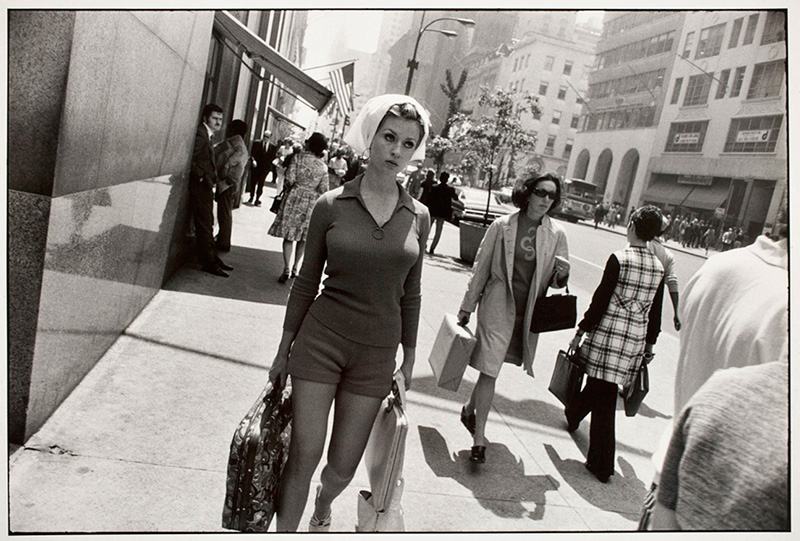 Photo by Garry Winogrand, from the book Women Are Beautiful
Photo by Garry Winogrand, from the book Women Are Beautiful
Women are beautiful: Speaking of used books, abebooks.com, the clearinghouse megawebsite for used bookstores all across America, recently posted its list of the most-searched-for out-of-print titles of 2013. Foremost among photobooks on the list was Garry Winogrand's second book, Women Are Beautiful.
Arguably one of the oddest projects in American photography from the second half of the 20th century, the 1975 book consists of 85 snapshots of fully clothed women, mostly on the street, who Winogrand (1928–1984) apparently found attractive. It somehow managed to be prurient and sexist all the same, and continues to be fodder for academic feminism to this day.
His least popular project, he struggled to find a publisher for it, and it sold poorly. Today a copy of the small, indifferently-produced book can sell for anywhere from $245 to $3,000. (Harper's books in East Hampton, New York, is offering an association copy inscribed by Winogrand to Augusta and Arnold Newman for $6,000.) In light of the book's weak sales and the bafflement of both critics and the public at the time, Winogrand threatened to do a sequel and joked that he would title it "Son of Women Are Beautiful."
Sigma interview: Barney Britton over at Dpreview has posted a most interesting interview with Kazuto Yamaki, CEO of Sigma. Among the many interesting tidbits and insights: "My first priority is to make sure that the business continues to develop as a going concern, to protect our employees. We don't need to grow enormously, we just need a slight growth to continue the business. Assuming we're doing OK, I'd like to do something amazing. Something to make customers say 'wow.' That’s my real motivation. I'd rather do that than make our company bigger."
So sad: The eBay listing was just very sad, that's all. For sale were the contents of our recently deceased friend David Vestal's darkroom. David was a direct and indirect mentor and teacher to several generations of photographers, and the author of several once-influential books about craft.
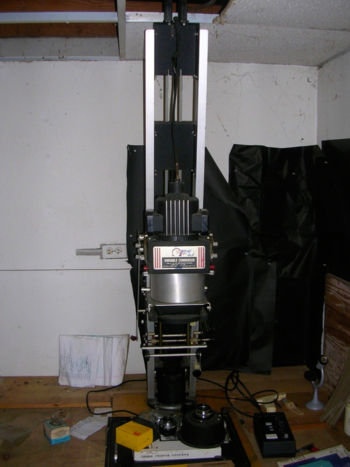
On the other hand, David himself would probably be the last person to be sentimental about this sort of thing, so maybe we shouldn't be either.
Cause: camera? One of the shocking events in motorsport recently is the severe injury suffered by retired seven-time Formula One World Champion Michael Schumacher, who suffered severe head trauma in a skiing accident and has not regained consciousness. Now the suggestion has been raised that maybe the injury was caused by a POV camera mounted to his helmet.
Time chart: A history of Nikon in pictures, from 1948 to 2005. At NikonRumors. (Above is just a segment of it.)
George Tice film: I mentioned just about exactly a year ago that Bruce Wodder, Peter Bosco and Douglas Underdahl were making a movie that I wanted to see. Now we can: George Tice: Seeing Beyond the Moment is available in its entirety on IMDB. It's one hour and twelve minutes long.
I haven't watched it yet, but I think I'll go do that now.
Mike
(Thanks to Kevin Purcell, Clay Olmstead, Oren Grad, Michael Tapes, and Bill Mitchell)
Original contents copyright 2014 by Michael C. Johnston and/or the bylined author. All Rights Reserved. Links in this post may be to our affiliates; sales through affiliate links may benefit this site.
(To see all the comments, click on the "Comments" link below.)
Featured Comments from:
Mike: "That Tice film is great. Thanks for the link. Really inspiring."
John Camp (partial comment): "About Schumacher's helmet cam—I think those things are terribly dangerous. Skiiers and snowboarders are using them a lot, and some of the weird helmet mounts are just begging for disaster. Some of them mount right out in front of your jaw, and given the leverages involved, I'm astonished nobody has suffered a broken neck after falling (maybe somebody has, and I haven't heard about it.) Others have multiple screws going through the helmet itself—there's a smart way to guarantee helmet integrity."
Jeff: "Women are Beautiful originally sold for $15; my mint copy has $85 penciled in the front, and my most recent appraisal in 2008 by Swann lists $400. I'll make a note based on this post. Of course, the actual sales price of any book is subject to all sorts of variables, as your dollar range suggests, not the least of which are timing and the chosen sales venue. This post reminds me that I should start thinking about those issues as part of a plan to generate some additional retirement funds. Photo books are beautiful."
blake (partial comment): "Thanks for mentioning my post, Mike...the used book reviews were a response to the sometimes frothy climate surrounding new photo books, which resembles a gold rush in its cut-throat and jostling nature. I want to remind people that you needn't get caught up in that. You can find great titles from just a few years ago that are just as good or better than any new book and often for very little money. It requires a keen eye to weed through the crap, but if you know what you're looking for this is an underappreciated way to build a good photo library."
Bill Tyler: "How do you put together a history of Nikon without the original F?"
Mike replies: Well, you can if your idiot editor forgets to put in the link and uses just a section of the chart as an illustration. Sorry. I'm still a bit fuzzy from my medical problems.
Carl Weese: "Vestal wouldn't want his tools to be treated as relics, but I sure hope someone is making good decisions about the archive. Those books? Even someone who never has or will use film would do well to study them, to come to an understanding of the roots of the photographic medium. Understanding what David was saying about photographic technique will still inform in the post-film world. It informs me every time I make a digital print, or a digital negative from which to make a platinum print."
Sydney based photographer: "I was watching an Australian judging session last year when a print turned around and I knew it and who the photographer was. The judges marked [i.e., graded —Ed.] the print reasonably well, but undoubtedly not what the photographer was wanting or expecting.
"One of the judges was a personal friend of the photographer and was the only person to mark the print exceptionally well. Because his mark was scored so high there then had to be an automatic challenge and all the photographers had to re-score it. The pause for re-scoring gives opportunity for the person who scored high to state the case for the print. Anyone else on the panel may respond. It happens fairly regularly and print scores can come up to the benefit of the photographer.
"In this case, due to the arguing of the judge (the friend), the score came up a long way. Now I'm not suggesting that my fellow photographers are gullible or stupid or corruptible but there was something inherently and deeply flawed in the process of judging this image (in these circumstances I was aware of). Conflicts of interest can and will occur. And while I might not think you are out to benefit anyone hundreds more might. Judges need to go with the benefit of doubt every single time. And the doubt in this case is that if you recognise the work, and have the influence to make it more that it is worth, get off the judging or jury. No excuses. Never ever."
Grumpy: "I thought I'd add a short comment about David Vestal. Having been acquainted with David since 1992 when he and I became 'pen pals' I would agree that David was not sentimental. He asked me to be the trustee of his photographic archive and I spent a week with the executor of his will at his house trying to make heads or tails of what we found there.
"David was devoted to his work and it seems he spent most if not all of his time making photographs. Actually to the exclusion of other tasks most of us would consider essential. I learned a great deal from David, both what to do and what not to do as a photographer. We were lucky to have him for as long as we did and we will benefit from the fact that he wrote down much of what he had learned as a photographer. I think it's fair to say that David would not want us to mourn his passing but rather celebrate what he taught us."
